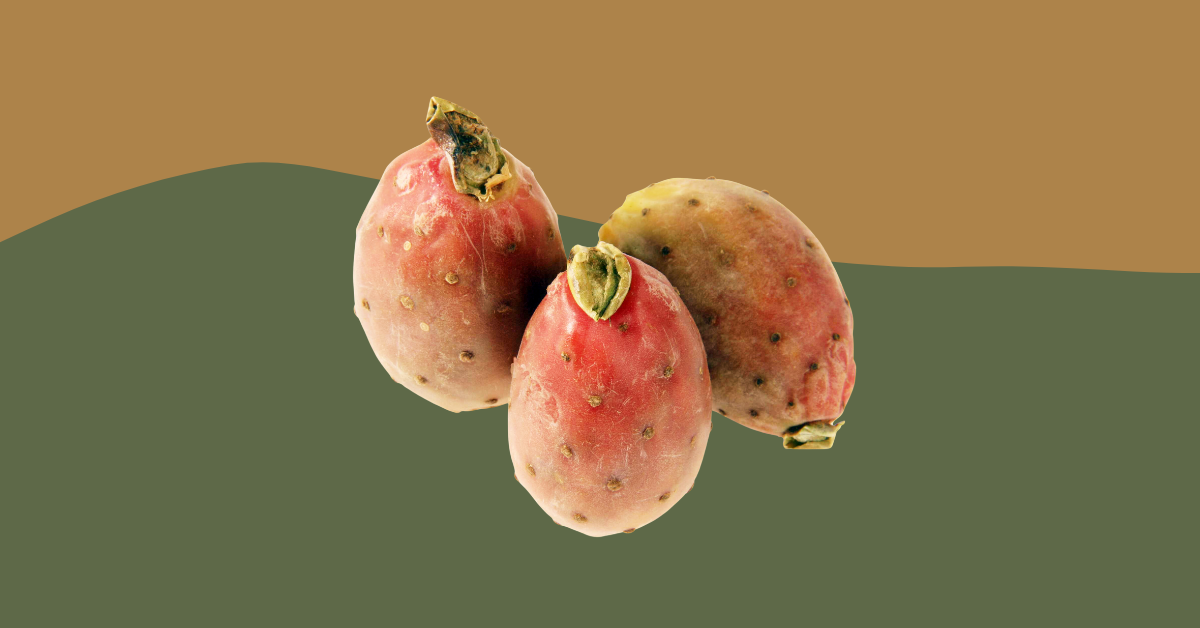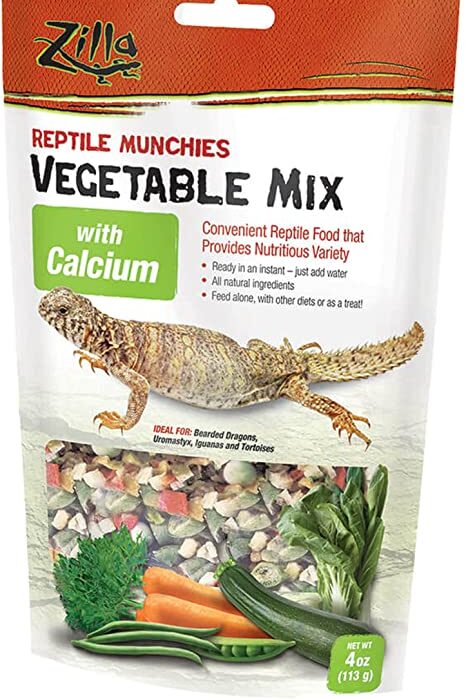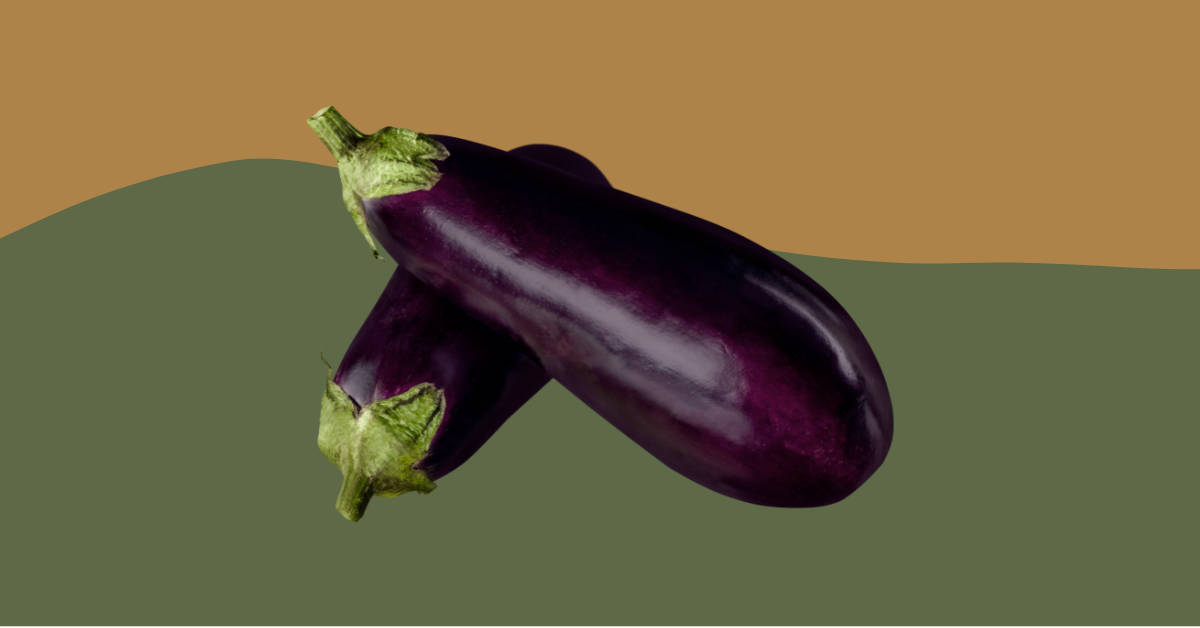Yes, bearded dragons can eat cactus, but only certain types. It’s essential to know which cactus species are safe for consumption and how to properly prepare them.
Table of contents
Part of taking care of these fascinating creatures involves providing them with a healthy and diverse diet. One question that often comes up is whether or not bearded dragons can eat cactus. This article will provide the do’s and don’ts, a step-by-step preparation guide, and answers to frequently asked questions.
Related Article: Bearded Dragon Care: Expert Tips and Insights
Do’s
- Do choose the right cactus species: Not all cacti are suitable for bearded dragons. Stick to spineless cacti, such as Opuntia (prickly pear), which are both safe and nutritious for your pet.
- Do wash the cactus thoroughly: Remove any dirt or pesticides from the cactus by rinsing it well with water before feeding it to your bearded dragon.
- Do cut the cactus into small pieces: Cutting the cactus into bite-sized pieces will make it easier for your bearded dragon to consume and digest.
Don’ts
- Don’t feed them spiny cacti: Some cacti have sharp spines that can harm your bearded dragon’s mouth or digestive system. Always choose spineless cacti.
- Don’t overfeed cactus: Although cactus can be a nutritious snack, it should not make up the majority of your bearded dragon’s diet. Offer cactus in moderation, as part of a balanced diet.
Best Practices for Feeding Cactus to Bearded Dragons
Following best practices when feeding your bearded dragon will ensure their safety and overall health. Here are some best practices to keep in mind:
- Provide a balanced diet: A well-balanced diet is crucial for your bearded dragon’s overall health. Ensure their diet consists of a mix of vegetables (about 80-90% for adults and 20-30% for juveniles), insects (about 10-20% for adults and 70-80% for juveniles), and occasional fruits. Cactus can be a part of this varied diet but should not be the main staple.
- Introduce new foods gradually: When introducing cactus or any new food to your bearded dragon’s diet, do so slowly to avoid digestive issues or adverse reactions. Start with small amounts and gradually increase the portion size as your bearded dragon gets accustomed to the new food.
- Monitor your bearded dragon’s reaction: Always observe your bearded dragon after feeding them cactus for the first time, to ensure they do not experience any adverse effects. Look for signs of digestive distress, such as diarrhea or constipation, and discontinue feeding cactus if any issues arise.
- Feed cactus at the appropriate frequency: Cactus should not be fed daily, as it can cause an imbalance in your bearded dragon’s diet. Aim to include cactus in their diet once or twice a week, depending on their age, size, and activity level.
- Remove uneaten food: Be sure to remove any uneaten cactus or other food items from your bearded dragon’s enclosure to prevent the growth of harmful bacteria, mold, or fungi.
- Rotate food options: Regularly rotate the types of vegetables, fruits, and insects you offer your bearded dragon to ensure they receive a wide range of nutrients and prevent boredom with their diet.
- Consult a veterinarian: If you have any concerns about your bearded dragon’s diet or their reaction to a specific food item, consult a veterinarian experienced with reptile care. They can provide personalized advice based on your bearded dragon’s age, size, and health.
- Maintain proper enclosure conditions: Proper temperature, humidity, and lighting are essential for your bearded dragon’s digestion and overall health. Ensure their enclosure is appropriately set up and well-maintained to support their dietary needs.
- Offer appropriate portion sizes: Overfeeding your bearded dragon can lead to obesity and other health issues. Adjust the portion sizes of cactus and other foods based on your bearded dragon’s size, age, and activity level.
- Educate yourself: Stay informed about the dietary needs of bearded dragons, and keep up-to-date with the latest research and recommendations. This will help you make informed decisions about what to feed your bearded dragon and ensure they receive the best possible care.
Related Article: Bearded Dragon Feeding Guide: Nutrition Tips
Step-by-Step Guide to Preparing Cactus for Your Bearded Dragon
Step 1
Select a safe cactus species: Choose a spineless cactus variety, like Opuntia (prickly pear).
Step 2
Wash the cactus: Thoroughly rinse the cactus under running water to remove dirt and pesticides.
Step 3
Remove any remaining spines: Even spineless cacti may have small spines or glochids. Carefully remove these with tweezers or a brush.
Step 4
Cut the cactus into small pieces: Slice the cactus pad into bite-sized portions appropriate for your bearded dragon’s size.
Step 5
Feed your bearded dragon: Offer the prepared cactus to your bearded dragon as part of their meal or as a treat.
Need Recommendations?
Here’s Our Top Amazon Picks
You may also like 📖
Frequently Asked Questions
How often can I feed my bearded dragon cactus?
Cactus should be fed in moderation, as an occasional treat. Aim to include cactus in your bearded dragon’s diet once or twice a week.
Can bearded dragons eat the fruit of the cactus?
Yes, bearded dragons can eat the fruit of the prickly pear cactus. However, moderation is key, as fruits are high in sugar and should not make up a significant portion of their diet.
What other vegetables can I feed my bearded dragon?
Other suitable vegetables for bearded dragons include collard greens, dandelion greens, mustard greens, bell peppers, and squash. Make sure to provide a variety of vegetables to ensure a well-balanced diet.
Are there any health benefits of feeding cactus to bearded dragons?
Cactus, particularly the Opuntia species, is high in fiber, vitamins, and minerals, which can contribute to your bearded dragon’s overall health. However, it’s essential to maintain a balanced diet and not rely solely on cactus for their nutritional needs.
Can I feed my bearded dragon wild cactus I find outside?
While it’s possible to feed your bearded dragon wild cactus, it’s essential to ensure that it’s a safe species and free from pesticides or pollutants. Always thoroughly wash the cactus before feeding it to your bearded dragon.
Conclusion and final thoughts 💭
Feeding cactus to your bearded dragon can be a healthy and enjoyable treat when offered in moderation and prepared correctly.
By following the do’s and don’ts, best practices, and the step-by-step preparation guide outlined in this article, you can safely incorporate cactus into your bearded dragon’s diet. Always pay attention to your bearded dragon’s reaction to new foods and adjust their diet accordingly to maintain their health and well-being.
Looking for more? Here’s our roadmap:
General Bearded Dragon Pet Owners Guide
Bearded dragons are native to the arid regions of Australia and are known for their unique beard-like appearance. As pets, they have become increasingly popular due to their friendly and inquisitive nature, making them an ideal choice for reptile enthusiasts. Bearded dragons are diurnal, meaning they are active during the day, and their average lifespan ranges from 8 to 12 years, with proper care. When considering adopting a bearded dragon, it’s essential to be prepared for a long-term commitment and be well-informed about their care requirements.
One of the most crucial aspects of bearded dragon care is providing an appropriate enclosure. Adult bearded dragons thrive best in a 20 to 50-gallon tank, but a larger enclosure is always better. It’s important to always keep the tank clean. The tank should have a basking area with a temperature range of 95-110 degrees Fahrenheit, as well as a cooler area with a temperature between 75-85 degrees Fahrenheit. In addition, bearded dragons need access to UVB lighting to help them synthesize vitamin D3 and properly metabolize calcium, which is vital for their bone health.
A balanced diet is essential for a healthy bearded dragon. Their dietary requirements change throughout their life stages; juvenile bearded dragons need a higher protein intake, with insects making up around 80% of their diet and the remaining 20% consisting of vegetables and fruits. As they grow into adults, their diet should consist of approximately 20% insects and 80% vegetables and fruits. It’s important to offer a variety of food items to ensure they receive all the necessary nutrients, and to dust their food with calcium and multivitamin supplements as recommended by a reptile specialist or veterinarian.
Regular interaction and observation of your bearded dragon are vital for maintaining their well-being. Handling your pet gently and frequently can help build trust and strengthen your bond. Monitor your bearded dragon’s behavior, appetite, and overall health to detect any potential issues early on. If you notice any signs of illness, such as lethargy, loss of appetite, or irregular bowel movements, consult a reptile specialist or veterinarian for guidance. Proper care, feeding, and attention will ensure your bearded dragon remains a happy and healthy companion for years to come.







Leave a Reply